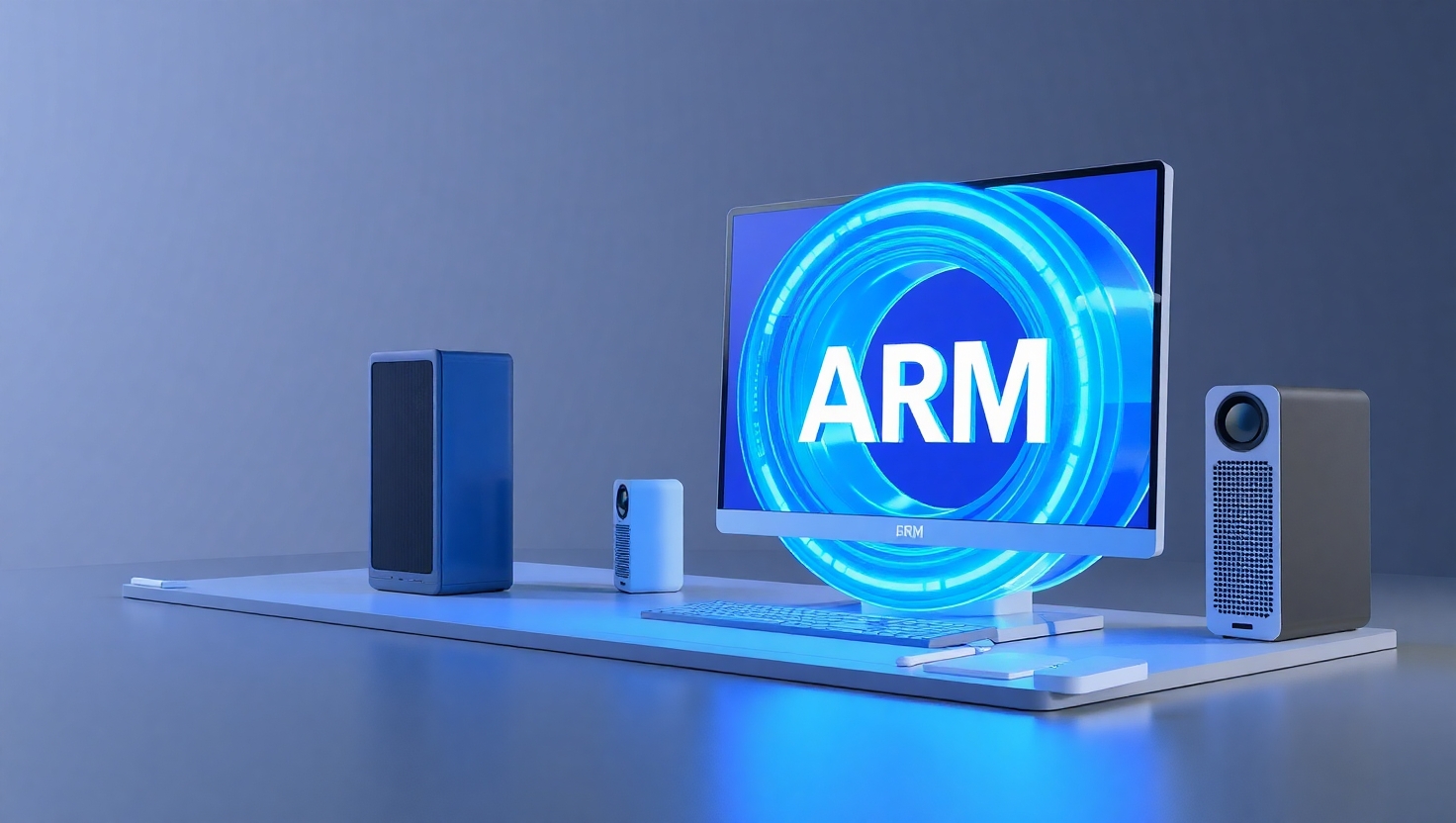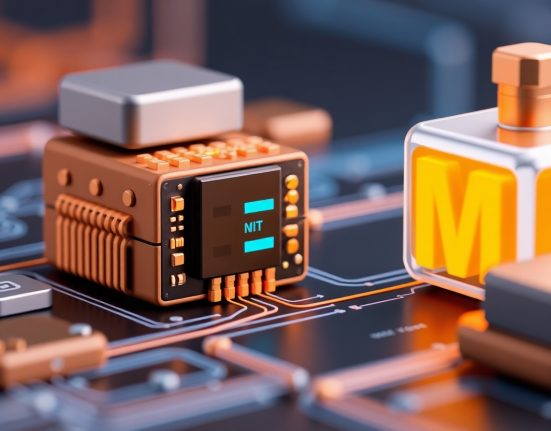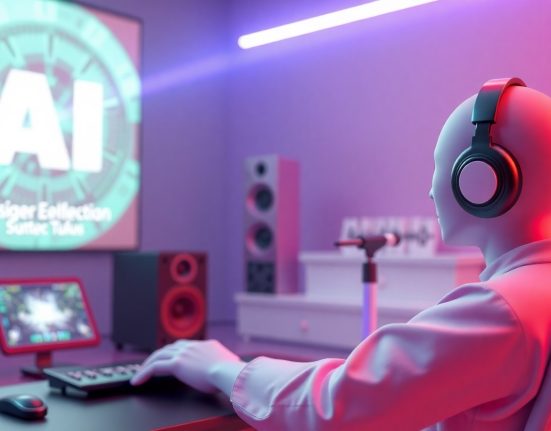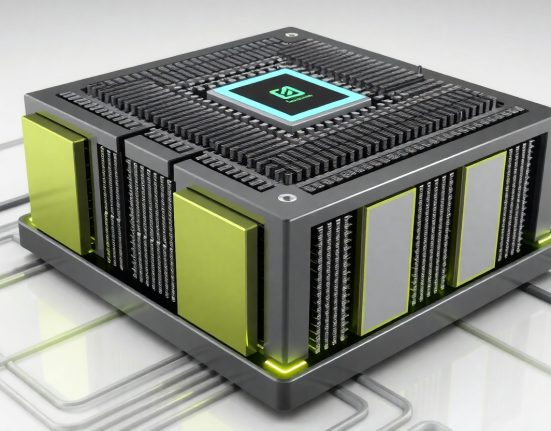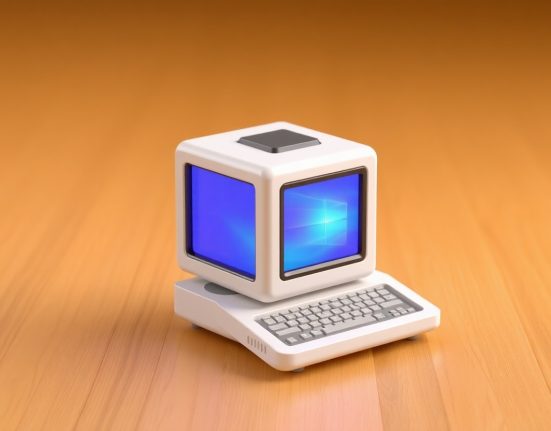For decades, the x86 architecture has been the backbone of everything we knew in the world of personal computers. Intel and AMD chips ruled the desktop space, delivering the kind of performance needed for gaming, video editing, programming, and any heavy-duty use you could think of. While most of us just kept upgrading along the same familiar path, something was quietly shifting in the world of mobile. That change is now starting to spill over onto our desks. I’m talking about ARM architecture, which continues to prove that it is not only power-efficient and great for phones but also fully capable of competing with, and sometimes outperforming, the systems we’ve come to rely on in desktop computing.
What Apple did with Apple Silicon is one of the best examples of what ARM can do in this space. The company decided to walk away from Intel and move to its own chips based on ARM, and the results were honestly mind-blowing. Suddenly, we had faster computers that ran cooler, lasted way longer on battery, and didn’t sound like a jet engine taking off every time you opened a few apps. For a lot of people, it was the first time they truly felt a leap forward in personal computing after years of slow, incremental upgrades. What started out as a bold move quickly became Apple’s new standard across its entire lineup.
But this story isn’t just about Apple anymore. Companies like Qualcomm, MediaTek, and NVIDIA are investing massive resources into ARM chips that can power desktops and even servers. Microsoft is pushing forward with Windows versions built specifically for ARM, and more and more popular apps are being optimized to run on it. Once software support catches up to what we’re used to with x86, there’s going to be little reason to hold onto the old way of doing things. When a computer gives you great performance and all-day battery life, it’s really hard to argue against that.
Sure, there are challenges. Backward compatibility is still a sore spot, especially for people who rely on older or more specialized software. But the tech world moves quickly, and as we’ve seen before, users adapt. When the benefits are clear, the market finds a way to shift. And with ARM-powered desktops delivering smoother experiences and cooler operation, the transition feels less like a question of if and more like a matter of when. If we look five years ahead, the makeup of the market will likely look very different. Laptops, desktops, even high-end workstations are all headed toward ARM. It’s not going to happen overnight, but the direction is set. There’s a lot of momentum now, and those betting on ARM seem to have the wind at their backs. As someone who genuinely loves tech, I can say this feels like the start of something exciting.








